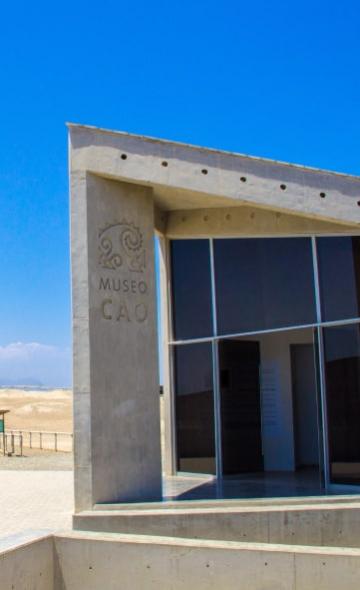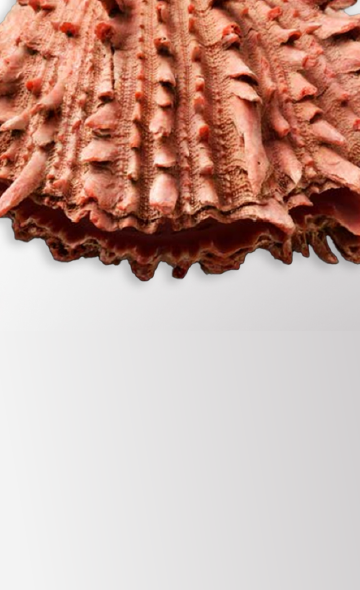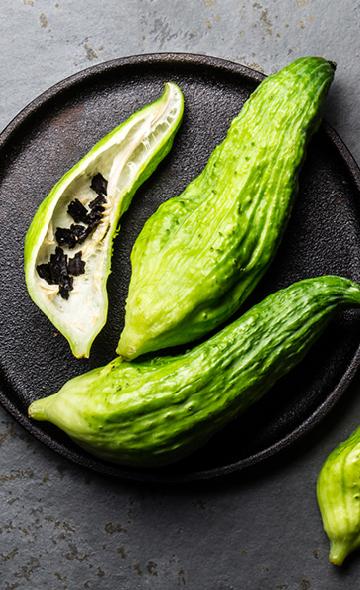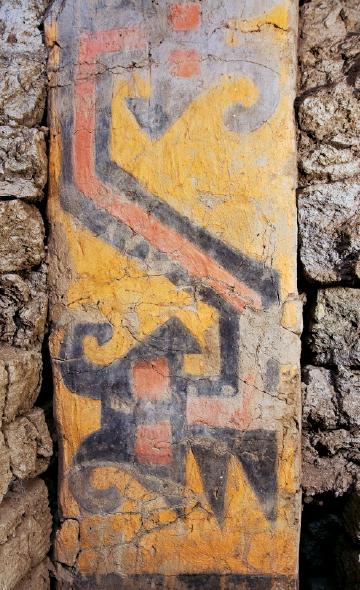- Visitors
- Researchers
- Students
- Community
- Information for the tourist
- Hours and fees
- How to get?
- Visitor Regulations
- Virtual tours
- Classic route
- Mystical route
- Specialized route
- Site museum
- Know the town
- Cultural Spaces
- Cao Museum
- Huaca Cao Viejo
- Huaca Prieta
- Huaca Cortada
- Ceremonial Well
- Walls
- Play at home
- Puzzle
- Trivia
- Memorize
- Crosswords
- Alphabet soup
- Crafts
- Pac-Man Moche
- Workshops and Inventory
- Micro-workshops
- Collections inventory
- News
- Students
- El Brujo Site Museum: An invaluable educational resource about pre-Hispanic civilizations
News
CategoriesSelect the category you want to see:
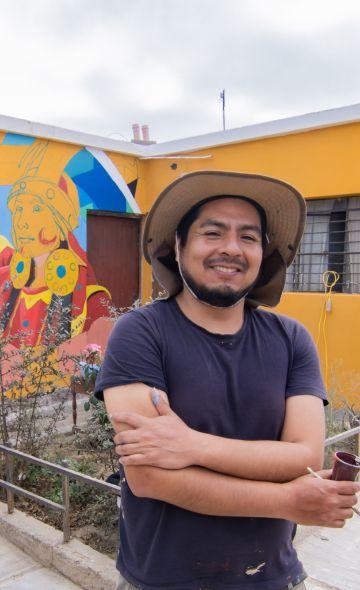
Magdalena de Cao to Once Again Host an International Mural Art Gathering ...
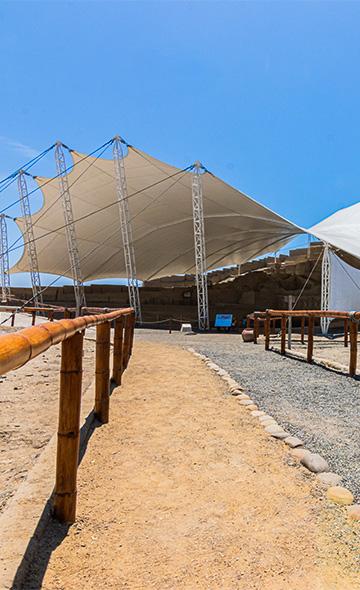
Explore El Brujo Through Virtual Tours: Culture and History at a Click ...
To receive new news.
By: Complejo Arqueológico El Brujo
When you visit the El Brujo Archaeological Complex (CAEB), take the opportunity to take a tour of its site museum, where you will be able to discover the vestiges of pre-Hispanic civilizations such as the Mochica.
Indeed, a site museum is a fundamental venue that allows us to protect and contextualize the vestiges that we find in archaeological sites. These places not only show what life was like in the past, but also provide unique historical information, with a symbolic and scientific value that is priceless.
Join us on this tour of the site museum of the El Brujo Archaeological Complex!
In the El Brujo site museum you can contemplate a sample of the objects uncovered by the archaeological excavations. Here rests the mummified body of an iconic character for Peru, the Lady of Cao, in a surprising state of conservation. The special care taken with the preparation of the body of the Lady of Cao during her funerary ritual, as well as the beautiful objects with which she was carefully wrapped, would demonstrate that women also occupied positions within the Mochica hierarchical class.
Room 1: All the waters
This room presents the relationship between the El Brujo Archaeological Complex and the environment in which it is located, and it explores the limits between the natural space and the one built by the men and women of pre-Hispanic Peru.
.jpg)
The room displays the basic elements of subsistence and the native belief systems in ancient Peru, common throughout the pre-colonial history. It is important to point out that the handling of the river, the lagoons and the sea; that is, the water resource, as in all societies, was the basis of the cultures that occupied this archaeological settlement.
Room 2: 14,000 years of history
.jpg)
In room 2 of the museum, you will find an extensive process of changes and continuities that has occurred over 14,000 years of history, shown through the archaeological evidence. You will be able to see ceramic pieces, textiles and basketry from the different periods of the country’s history, all showcased in the El Brujo Archaeological Complex, and arranged in chronological order.
Room 3: Architecture of the cosmos
In room 3 of the museum, you will delve into Huaca Cao Viejo, a sacred Mochica space. As such, it was constructed in the midst of ritual and ceremonial activities whose pieces of evidence are shown in this room. The burial of the temple and the abundant number of offerings are unequivocal proof of the great sacred value of the huaca.
.jpg)
In this room, there are objects that have been offered to the edifice and an infographic display that shows the different construction phases of the ceremonial center, presenting the complex technical and symbolic processes behind the construction of the building.
Room 4: The blood of the mountains
The Mochica celebrated openly and publicly the ceremonial of death, as has been expressed in their abundant iconography. The stages that comprised the sequence of the human sacrifice presented in this room, were carefully described and narrated by the Mochica artists.
.jpg)
Although we do not fully know the meaning or nature of the armed encounters among these peoples, we infer that the objective of these major confrontations not only owed to political and economic ambitions of an expansive and military nature. Battles, whether actual or ritual, for whatever reason, produced death and blood that were used and depicted in the Mochica ceremonial. These messages were disseminated and practiced in all the valleys and centers of power of the time.
Room 5: Rituals of death
This room presents the expressions associated with the funerary practices of the Mochica. It exhibits the funerary context of two main tombs of Huaca Cao Viejo, with an emphasis on the relationship between the Mochica funerary techniques and their concepts about the «afterlife».
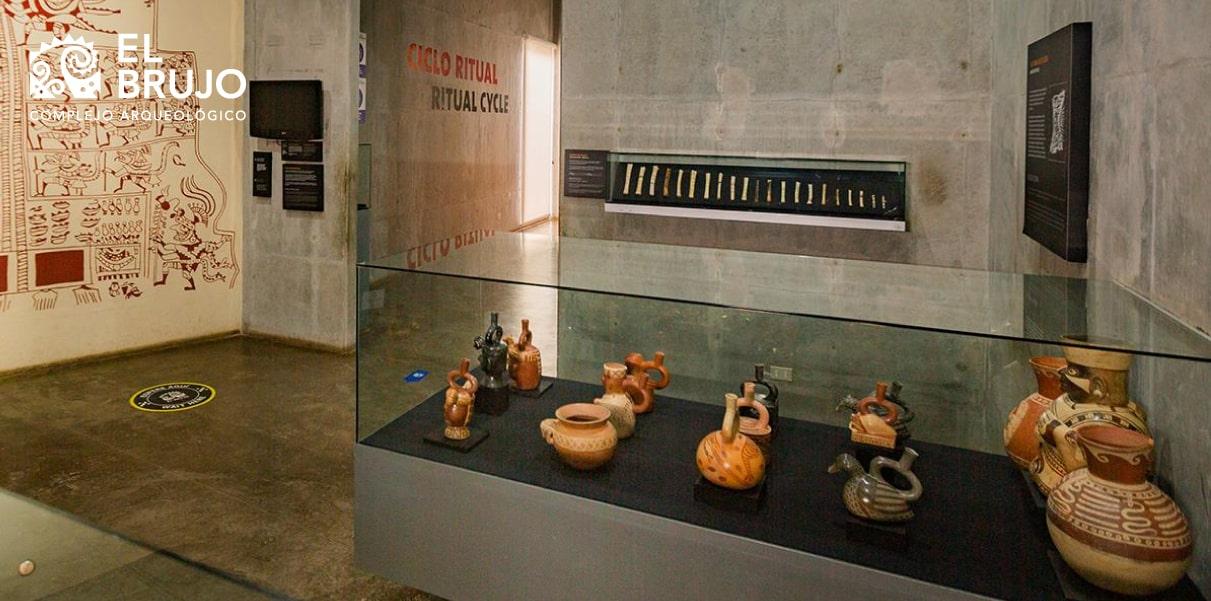
The objects presented are part of the funerary paraphernalia contained within the tombs of the Mochica elite. Musical instruments, attires and ceramics with different themes and narratives are displayed to understand the complex notions of death, and life after it, held by the ancient inhabitants of this place.
Room 6: The world of the ancestors
.jpg)
This room presents the jewelry of the Lady of Cao, as well as her body in a good degree of conservation inside an airtight urn. This space reveals essential aspects of the Moche worldview and offers a deeper understanding of their culture, which is crucial to understanding its complexity and the importance of their religious beliefs and rituals.
Room 7: The Lady of Cao
Room 7 highlights the fundamental role of Peruvian men and women in the construction of our national identity, which is multicultural and diverse. Here, you can have a unique interactive experience by dressing up as the Lady of Cao and her warriors, in order to photograph yourself. You will also be able to appreciate the faces of the women of Magdalena de Cao, symbolizing their power and mystery. The room culminates with the reconstructed face of the Lady of Cao, inviting us to explore her features tactilely.
Don't miss this fascinating tour on your next visit to the El Brujo archaeological complex! We look forward to welcoming you at the site museum.
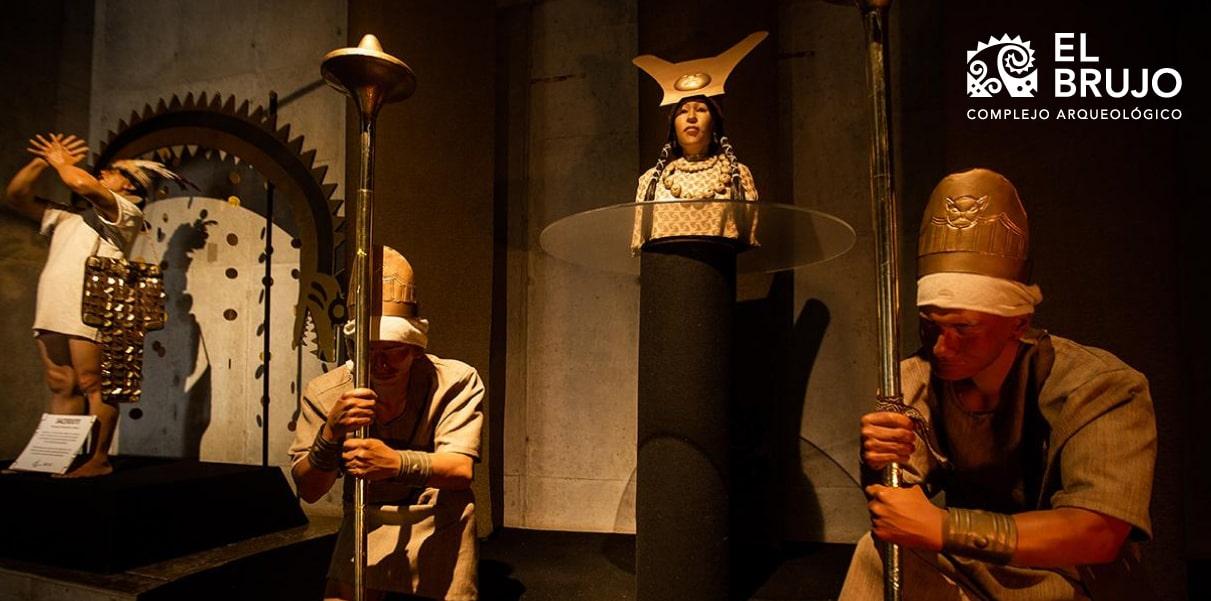
You can also read:
• Face of the Lady of Cao: Learn all the details about its reconstruction
• Open Museums: Find out which ones you can visit FREE of charge
Students , outstanding news


